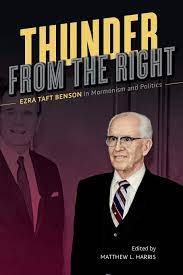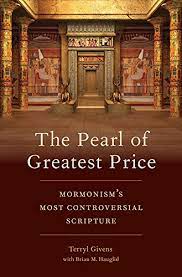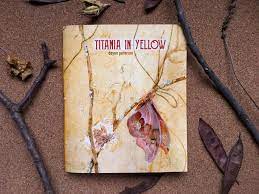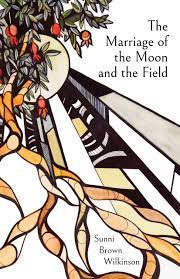Lavers and Wilkinson know they deserve better and have left the exclusively Mormon world of letters in search of it. Each of these collections concludes with a long list of journals where poems were first published, and the collections, filled largely with these vetted works, are uniformly strong. The percentage of the work that is, on the surface, Mormon in content is low, but when these poets engage with Mormon ideas or themes, they do so in striking and original ways. As Wilkinson’s book had a standalone review in the Fall 2019 issue of Dialogue, I will focus more on Lavers here, but know that both books are strong entries overall and in their Mormon content specifically, and both stand as striking rebuttals to the institutional difficulties mentioned in part one of this review.











